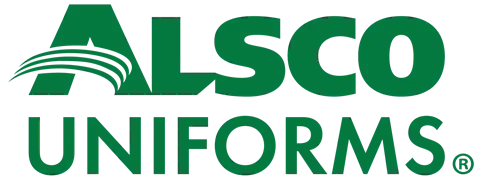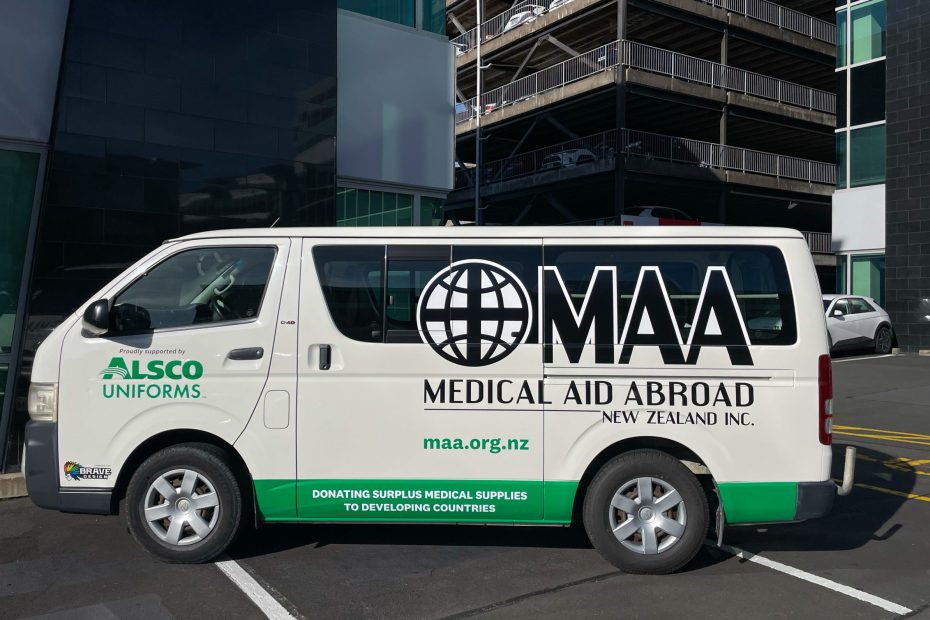Congratulations on stocking your workplace with first aid kits. It shows your commitment to safety.
Your staff feel safe and secure in case of an injury. However, when was the last time its contents were replaced?
It is easy to forget to replace the items in your workplace first aid kits.
As it’s used on a need to need basis, items can expire and put your company at risk during a real crisis.
There are telltale signs to signal that it’s time to change the first aid kit.
Maintaining a First Aid Kit.
Responsibility doesn’t end after buying a first aid kit. Since it can mean the difference between life and death, it needs to always be ready for action. Maintaining a first aid kit involves many tasks:
Ensure It Is Well Stocked
A first aid kit is an essential part the first response to an accident before paramedics arrive. A well-stocked kit increases the chances of saving lives. What are the essentials in each first aid kit?
- Eye pads
- Sterile first aid tape
- Sterile gauze pads
- A pair of metal tweezers
- Strong metal scissors
- Sterile non-adherent pads
- Box of safety pins
- Cotton balls
- CPR face mask
- Cold compress
- Disposable gloves
- Strong elbow/knee bandages
- Adhesive wound dressing
- Alcohol wipes
- Good quality antiseptic wipes
- Several butterfly closure strips
- Abdominal pad
Place It in the Same Place Each Time
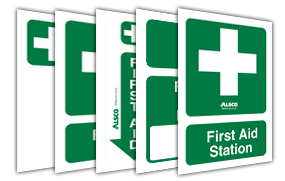
Ease of access is important during an emergency. Placing a first aid kit at the same spot each time helps staff locate the kits during an emergency.
Knowing how to use the first aid kit is part of the responsibility of owning one.
When you notice a knowledge gap in the knowledge surrounding workplace emergencies, organise a first aid training.
The training should introduce staff to first aid skills and how to act fast in emergencies.
First aid signs can be a great memory tool to remind them how to use the kit or where to find one.
Inspect the Kit Regularly
Make a habit of looking at the first aid kit often to spot any problems or defects. Start with the box itself and then open it to inspect the contents. Check if anything is expired or discoloured and discard it. Perform this ritual at least 4 times a year. That’s once every 3 months.
How to Know When the First Aid Kit Needs Updating
If the Kit Has Been Used
Staff can use the first aid kit for a variety of reasons. From small scratches to occasional aches and pains. It is important to ensure staff know what to do after using something in the first aid box.
Have a system for inspecting the first aid kit to ensure it’s replenished before it’s needed again. Place posters or signs above the first aid kit to let staff know what to do after using something.
Look out for the following tell-tale signs:
- Resealed items
When a product is resealed, it indicates usage. This is dangerous since a shared kit can lead to cross-contamination. Especially from things like ointment or products with applicators. Replace any suspicious product as soon as you discover them. - Stained products
Check items like gauze or pads for contamination by foreign fluids. Any discolouration or staining is a hint of usage. Discard the item since it is no longer safe. - Partially used products
Single-use items should be opened and immediately disposed of after use. When you find such an item partially used, throw it away immediately. Do not reuse it even if there’s no physical sign of contamination. Exposure to the atmosphere is harmful to single-use items.
Inspect the First Aid Kit Box
In your inspections every 3 months, start by looking at the first aid box itself. Is it in optimal condition? Is it keeping the contents safe? If the box is rusted or damaged, clean it up or replace it. It depends on how bad the damage may be.
As you check your box, open it up and scan the contents. If you spot items that you do not recognise or don’t know how to use, remove them. They can become potential hazards. Never add items that your staff don’t know how to use. Remove them until you arrange training for these new items. Only keep items that can be used in an emergency.
Inspect the Contents of the Kit
Remove each item from the first aid kit to inspect it. Check for dirty or partially used items. It is best to practise to consider all items in a first aid box as single-use products. This prevents cross-contamination. All partially used products thus have to be tossed out.
For items like gauze or bandage, check the wrapper for yellowing or discolouration. It is a sign of ageing and that the packaging is failing. It should be thrown away since the item is no longer sterile.
With items like ointments and eye drops check for expiration dates. Check carefully and toss out any item past its expiry date. When replacing products, place the older ones first to practise product rotation. Ensure all the previous inventory is used up before opening your new refill.
As you inspect, take note of the most frequently used items. Increase their quantities in the box to ensure they never run out. It’s important to also take note of the least used items. Reduce their quantities or replace them with a popular item.
Changing Safety Needs in Your Organisation
As an organisation grows, the safety needs change. Factors like an aging workforce brings its own complications. The bigger your organisation, the larger the scope of risks you could encounter.
To stay on top of the changes, conduct regular evaluations of your worker’s routines. Ask about their challenges. Have annual surveys to assess what needs improving in the next year’s wellness programs. Be ready to change along with your team.
There are various types of first aid kits that cater to different problems. A standard kit contains enough supplies to deal with accidents and general first aid. Yet, you could find out that you need to buy specialised kits.
These include:
-
Vehicle/Portable first aid kits
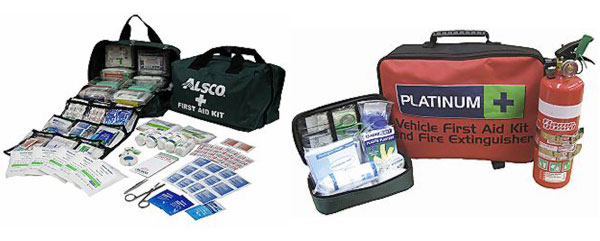
Vehicle & Portable First Aid Kits When your organisation grows, teams spend a lot of time on the road. Prepare them for eventualities or accidents. Portable first aid kits are great for businesses that have employees on the move. They are compact enough to fit in a glove compartment.
-
Eyewash stations
Most products come with a warning to rinse if it comes in contact with the eyes. Do you know the proper way for your staff to rinse their eyes? Eyewash stations are a great first aid essential for diverse organisations.
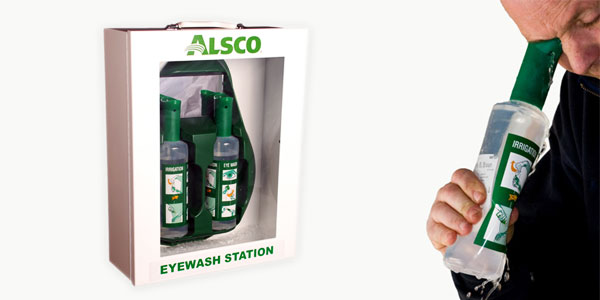
Eyewash Station Box Eyewash stations provide an easy solution to removing eye debris. They come in easy to mount wall cabinets that store bottles of sterile eye rinse solution and have easy to follow instructions.
-
Portable Defibrillators
With the surge in lifestyle diseases, cardiac complications are a real potential threat. Make sure you have defibrillators that are easy to use and modern. They come with audio instructions and are lightweight.
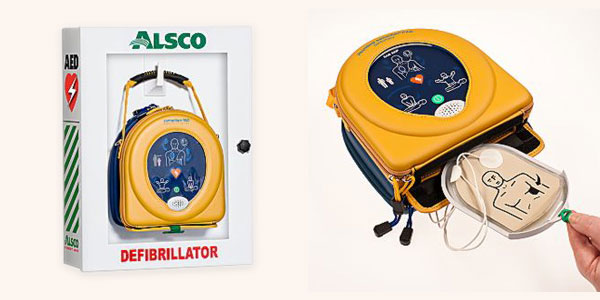
Alsco’s manage Defibrillator Kit Rental Services After updating your first aid kits, use posters to educate your staff on how and when to use them. They will be a reminder to stay safe and a reinforcer of safety training. The posters are also great for updating your staff on new and modern first aid kits.
If the Kit Has Never Been Used
If your workplace goes a couple of months without accidents or incidents, congratulations! However, this poses a different type of challenge. The contents of your first aid box could be contaminated or expired. Check the content every quarter or at least every 6 months.
If you haven’t checked it for a couple of months, it is time to see if you need to replace anything. If it looks old and tattered, remove it. Make sure the supplies in the first aid kit are always sterile and safe.
Create a First Aid Kit Maintenance Plan
To keep your first aid kits updated, you need to have a lot of information at your fingertips:
- The safety needs of your organisation.
- How many kits have been used?
- What supplies in the kit need to be replenished?
- The latest safety requirements for your industry
- Where to source and maintain first aid kits?
Outsource these functions to a vendor who will take care of everything. Choose one who is reliable and can deliver to any location in New Zealand.
Alsco’s managed rental service will source, stock and maintain your first aid kits for one affordable monthly payment. We use hospital-grade products and can customise the kits to suit your business needs.
You can never go wrong with the right workplace safety partner.
